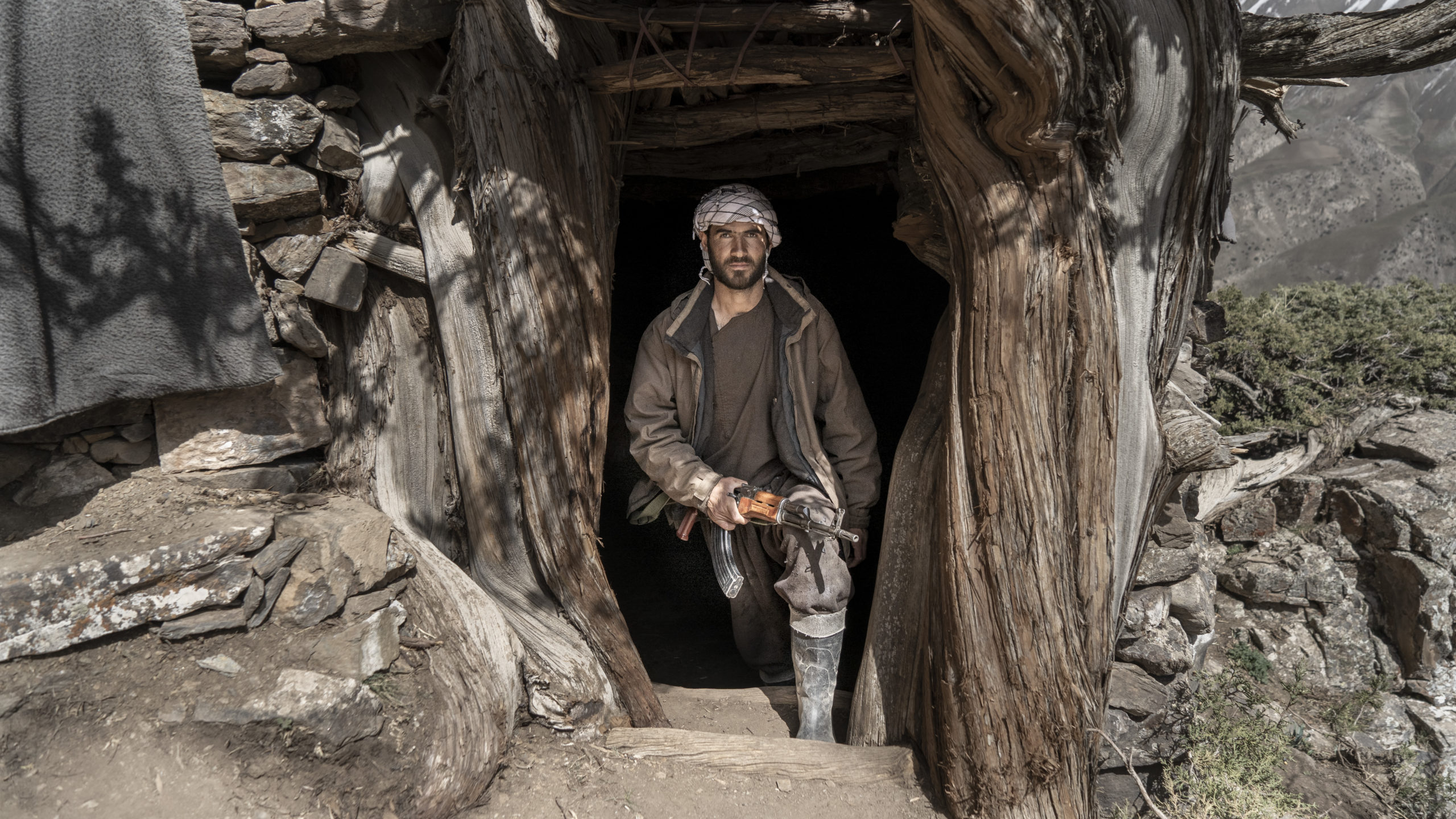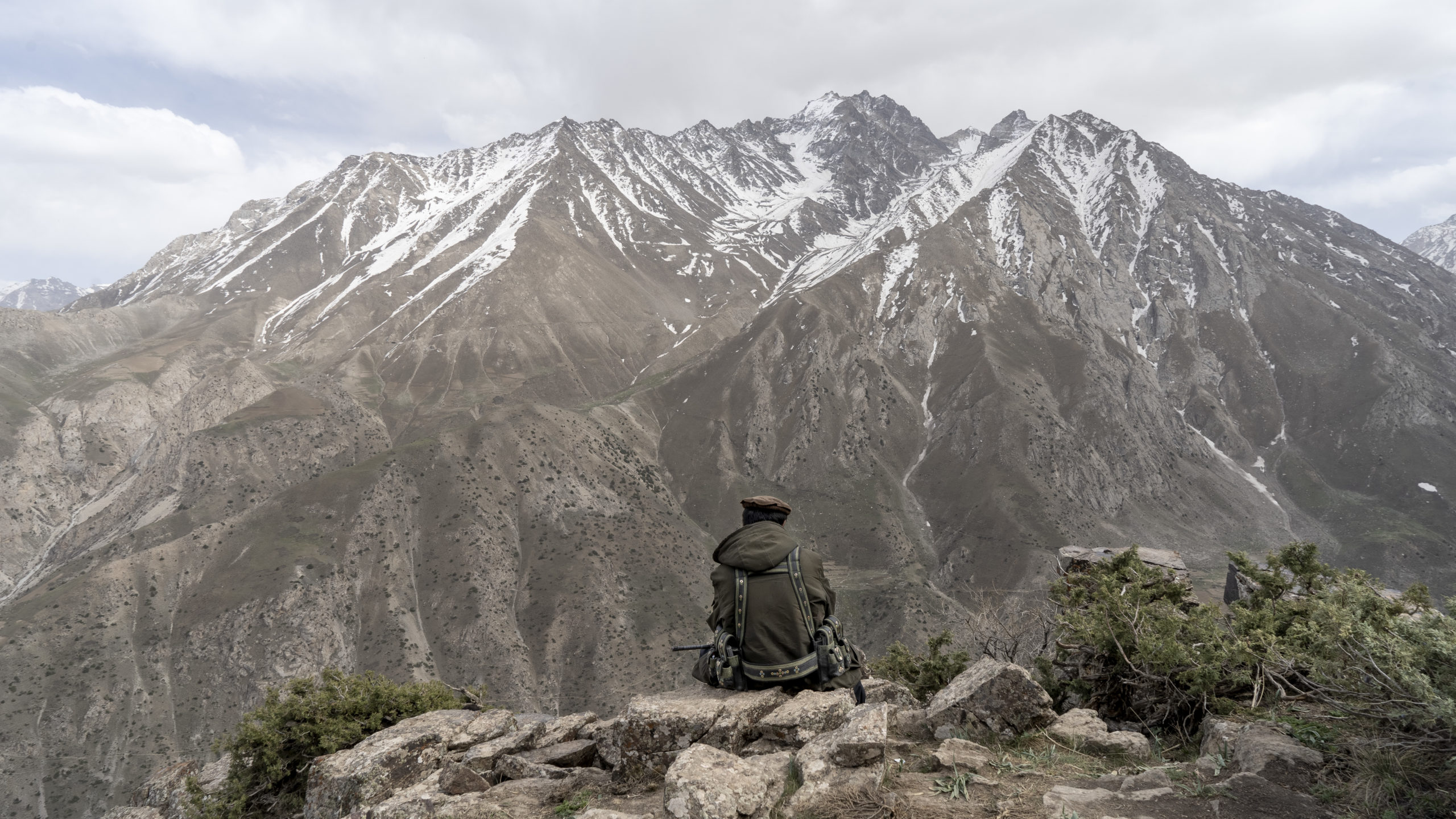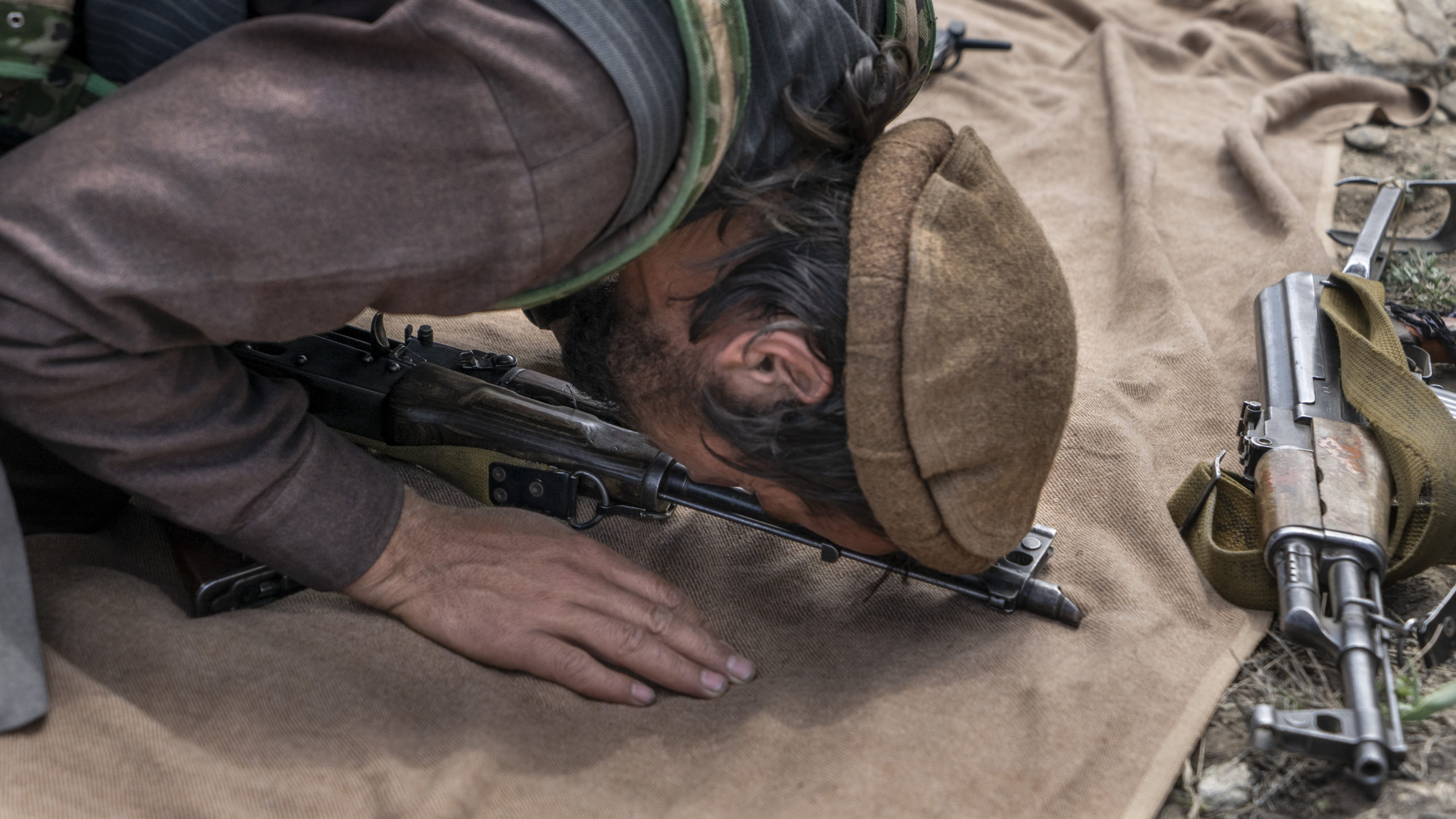برای نسخه ی فارسی مقاله به این لینک مراجعه کنید.
Depending on one’s pace, the season, and the ongoing state of war, it is a day’s hike from Andarab to the border of legendary Panjshir, the adjacent province in the highlands of Afghanistan. The two mountain districts, part of a five-hundred-mile-long stretch of the Hindu Kush extending from the Himalayas, are citadels that have rained doom on every bully ever to pass through Central Asia in endless dogged pursuit of cruelty and loot.
After the fall of Kabul and the return of the Taliban to power in Afghanistan on August 15, 2021, it was only a matter of time before another resistance to the draconian, tribal, and racialist policies of the Pashtun-dominated Taliban took hold. In the 1990s, the resistance had come from Ahmad Shah Massoud, the fabled leader of the Northern Alliance, who stood alone against Taliban control of 90 percent of the country; in 2021, it was his mild-mannered son, Ahmad Massoud, a connoisseur of Persian literature, like his father, and an alumnus of three esteemed British institutions, including the Sandhurst military academy. After the inglorious exit of the Americans from Kabul’s airport last August, it became clearer that the Taliban not only had no intention of power-sharing but were, in fact, determined to carry out a scorched-earth policy toward other ethnicities, such as the Tajiks, Hazaras, and Uzbeks. And so Ahmad Massoud assumed leadership of the National Resistance Front of Afghanistan (NRF) and announced to the world that opposition to the Taliban had begun, yet again.
The world, however, seemed to care little. After twenty years of bumbling, the United States and NATO could not get out of Afghanistan fast enough. And it wasn’t long before another war, the Russian invasion of Ukraine, expunged Afghanistan from anyone’s to-do list.
The game plan of the Taliban, and of those who had negotiated with them in Qatar during the Trump presidency, was to rebrand: what rolled into Kabul was a new, improved Taliban. But many Afghans, and analysts familiar with the rebrand, already knew that it wouldn’t be long until the return of murders, reprisals, severe oppression of women, and ethnic cleansing and displacement of entire communities — not to mention an utter economic collapse.
As summer gave way to fall, and as I watched friends make Taliban-sanctioned beelines to Kabul and Kandahar to fatten their professional photo portfolios or buy up antiques at bargain prices from starving Afghans, the resistance — having suffered a severe thrashing from the Taliban that autumn — managed to entrench itself in its mountain strongholds and bide its time.
Yet the rest of the world — the international community and its carnivorous media — refused to acknowledge that a real resistance existed, and the Taliban went to great lengths to promote the absence of any kind of conflict. The onset of harsh winter and the inability or unwillingness of foreign journalists to make it up into the Hindu Kush to witness and document the opposition also lent some credibility to the fiction that Panjshir and its neighbors had been entirely subdued.
They hadn’t. Men like Qumandan (Commander) Kheirkhah of Andarab, who had held a rank the equivalent of general in the Afghan Army under Ashraf Ghani, the previous Afghan president, had seen the writing on the wall not long before Kabul fell and decided to take action. On a spring day in his mountain redoubt, holding a thick copy of the Book of Kings — the Persian national epic that Iranians, Tajiks, and many Afghans hold sacred — Kheirkhah talked about his last days in the army, in July 2021. On the cusp of recovering significant territory from the Taliban in Balkh province, he was suddenly, needlessly recalled to Kabul, ten hours away by car. After waiting there nearly two weeks, he was given new directives that essentially cut him off from the soldiers under his command. “It was a terrible blow for me, but even more so for my officers, who needed their commander with them during those critical days,” he said.
His was not an isolated case. Meanwhile, officers like him, along with just about anyone who had been in uniform, would soon be hunted by the Taliban. Kheirkhah chose to take matters into his own hands. He gathered seasoned soldiers from his native Andarab, and together they built rudimentary fortifications and weapons caches along their ancestral lands. Other commanders in Panjshir and nearby regions took similar action. This collective defiance toward the Taliban eventually came under Ahmad Massoud’s National Resistance Front, with Massoud directing the effort from neighboring Tajikistan.
Few things can demoralize a soldier more than being forgotten. Afghanistan is nearly forgotten. But the Taliban have left the non-Pashtun peoples of the country without another option, and so Ahmad Massoud and his commanders carry on the fight — a fight that is in its ninth month now. And while the Ukrainian resistance receives a king’s ransom in military ware, intelligence, and money from the West, the men of the Hindu Kush weather one of Earth’s most rugged and inhospitable places to fight another day.
The improbable odds for men like Kheirkhah are exacerbated by the vast amount of state-of-the-art weapons that the defeated US Army left behind for the Taliban, an arsenal estimated to be worth $7 billion. When asked how the men of the Hindu Kush manage against such odds, Kheirkhah gazes into the distance and explains that two things are on the side of the resistance: knowledge and memory. They know that the Taliban are out of their depth in these mountains, and they remember the fighting prowess of the men of the Northern Alliance going back to the days of Ahmad Shah Massoud.
This pictorial immersion in the daily life of the resistance is the first of its kind. After weeks of planning with the author, and years of relationships in place through a shared language and culture, documentarian Abolfazl Shakiba and his cameraman, Mostafa Saeidi, managed to spend several days with Qumandan Kheirkhah and his men. They were the first outsiders to be offered access to these Hindu Kush fighters as they prepare, with the turn in the weather, to take the fight of the “second resistance” to the Taliban beyond Panjshir and Andarab.
But their fight, unlike Europe’s Ukraine, is lonely, and it is unlikely that they can succeed without help. So far, help seems remote.
Text by Salar Abdoh. Photographs by Abolfazl Shakiba and Mostafa Saeidi.




















